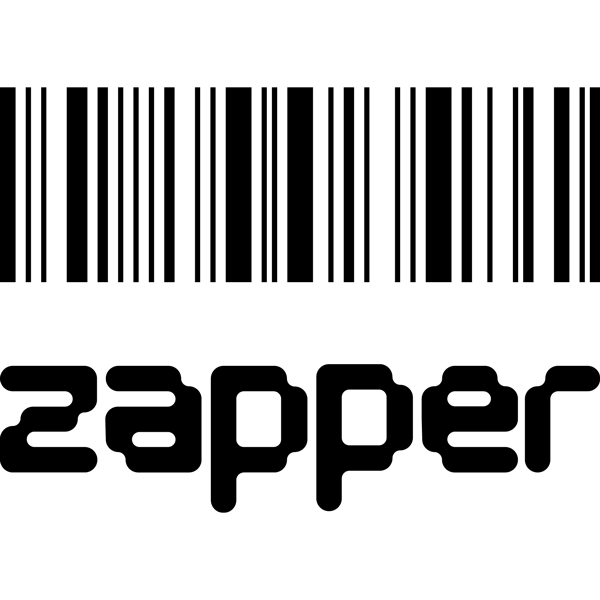Back in 1997, Marc Randolph and Reed Hastings admired the concept behind Amazon selling books online. They borrow the concept and applied it to DVD commerce. Instead of selling DVDs at a brick-and-mortar store like Blockbusters do, they decided to take orders through www.netflix.com.
This decision to take on DVD retailers like Blockbuster was a brave but ultimately genius decision, and two decades later the co-founders’ vision has transformed into a juggernaut of an online business. As you know, Netflix now operate solely as an online streaming platform, having more-or-less killed off the DVD in the process. How did the Californian company do it?

Early Beginnings
At the time of Netflix’s conception, founders Reed Hastings and Marc Randolph were no aliens to success. Hastings was in the process of selling his software company Pure Atria for $700million, which at the time was the largest acquisition in Silicon Valley history. During a drive to the company’s HQ, Hastings and his marketing director Marc Randolph came up with the idea to set up an online mail-order DVD rental website. Having originally considered selling VHS and deciding not to due to costs, when DVDs came about they seized the opportunity. When the company was launched in 1998, there was a mere thirty employees and 925 DVDs to choose from. However, a brilliant concept was there – order your DVDs online and have them mailed out to you in an envelope.
Netflix Growth, DVD Decline
In 2000, Netflix made a vital change to its business model. Instead of charging customers fees per movie, they started to charge a monthly subscription fee alongside unlimited rentals. By the end of 2000 Blockbuster had turned down the opportunity to acquire Netflix for $50million, which considering Blockbuster later went bust, is a regrettable decision to say the least. In 2002 Netflix floated on the stock market to raise funds, and by 2003 had posted its first profitable financial year. In 2004, around two thirds of US households had DVD players, which meant Netflix had a huge market to sell to. However when the mid-2000s hit, video websites like YouTube were enjoying great success due to improving bandwidth and data capabilities.
Despite Netflix delivering its billionth DVD in 2007, it became apparent that DVDs were on their way out, and online streaming was on its way in. CEO Reed Hastings wanted to capitalise on this, the Netflix way. Netflix began an online streaming subscription model, and the vital innovation was that the company developed algorithms to recommend TV shows and movies based on the user’s viewing history. This attention to customer preferences was a key move in becoming customer-centric and making the platform so enjoyable to use.
Online Domination
Although the launch of Netflix’s Watch Now streaming service was sometimes a little impractical and temperamental (think 2 hour buffering times), it soon became Netflix’s main attraction. By 2010, Netflix’s streaming service had outstripped its DVD rental service, causing CEO Hastings to say “we are now primarily a streaming company that also offers DVD-by-mail”. How the times change! In 2013 Netflix had a staggering 40 million subscribers. With aggressive expansion, both internationally and in terms of device compatibility, Netflix recently reached 100m subscribers. The company is now also worth £60bn, with its services now broadcasting in 130 countries.
One of Reed Hasting’s power moves was the introduction of in-house Netflix Originals content. In 2013, House of Cards starring Kevin Spacey aired on Netflix, proving a huge success with 9/10 ratings from over 270,000 reviewers. Its secret? Big data. Netflix can collect and analyse the masses of data it gets from its millions of viewers to determine what kind of TV they want to watch. With the success they’ve had with Netflix Originals like House of Cards, Stranger Things and The Crown, Netflix will spend up to $8billion on original content next year.
Death of the DVD
In a world where you can instantaneously stream Netflix movies from your iPhone, does it really make sense to go through the hassle of buying DVDs? As smartphones like the Samsung Galaxy and tablets like the iPad have taken over modern life, there is no longer a need to buy physical media such as DVDs and CDs. Everything, and we mean everything, can be streamed, downloaded and watched within a few minutes (provided the WiFi holds up). So, just how much have DVD sales suffered since the rise of streaming? Whilst digital video revenue rose 23% to £1.3bn in the UK last year, DVD and Blu Ray sales dropped 17% to £894m.
Sell Your DVDs
If you are one of the 100million Netflix subscribers, you may think your bookshelf full of DVDs are now redundant. This is where we can help. It’s really simple, just sell your DVDs to Zapper. It’s a fantastic way to earn extra cash for DVDs you no longer need. Embrace the digital revolution and declutter your living room while you’re at it.

















